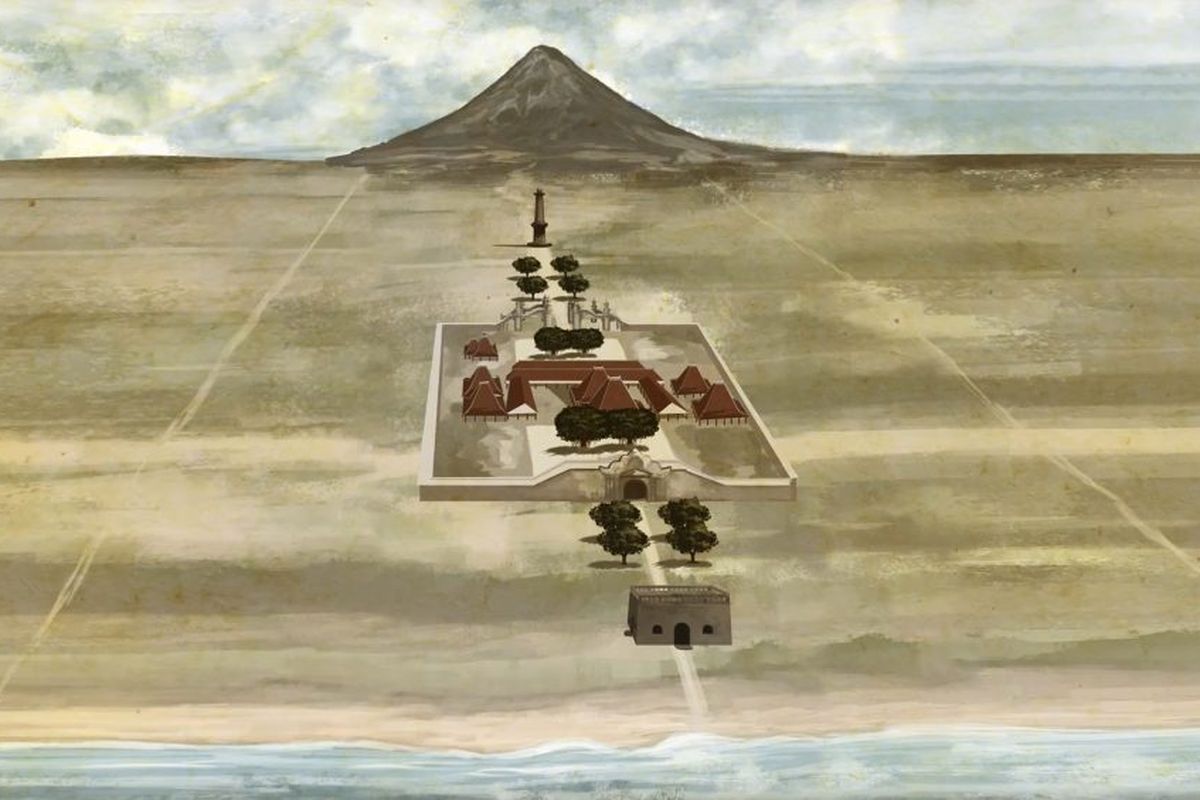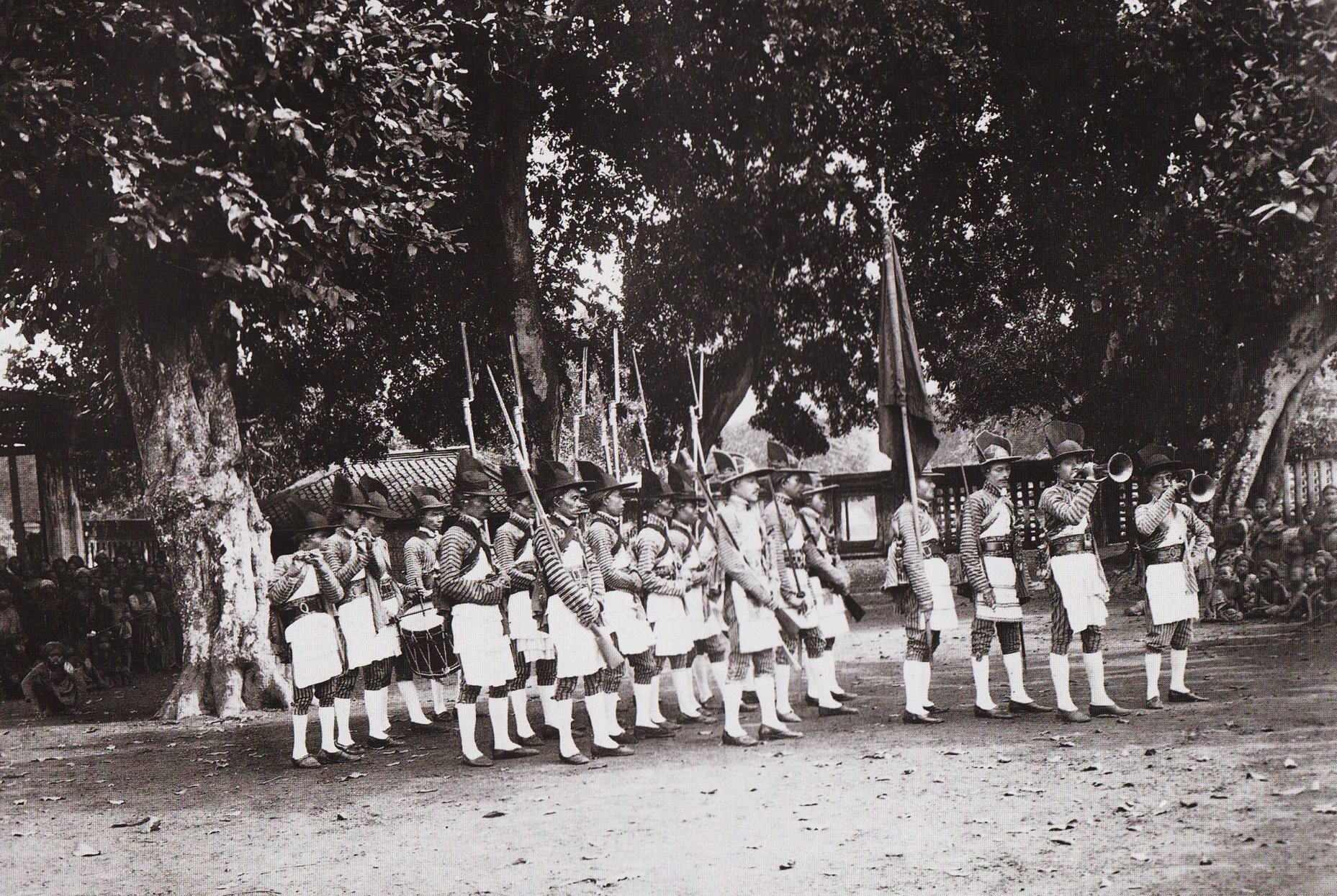News
The Philosophical Axis of Yogyakarta: Harmony Between Nature, Humanity, and the Divine
In 1755, Sri Sultan Hamengku Buwono I—formerly known as Prince Mangkubumi—began building the city of Yogyakarta. His life journey, shaped by his upbringing in the royal courts of Kartasura and Surakarta, became the foundation for the city’s spatial planning. The Yogyakarta Palace was designed based on Javanese cosmology, connecting humanity, nature, and the Divine, with Mount Merapi and the Southern Sea as its central axis.
The guiding principle of this construction was Hamemayu Hayuning Bawono, which means preserving the beauty, safety, and sustainability of the universe. The palace was strategically located: on elevated ground, flanked by six rivers, near the Umbul Pacethokan spring, and surrounded by symbolic vegetation. Every aspect carried not only practical significance but also profound cultural and spiritual meaning.
Though often thought to be aligned, Mount Merapi, the Palace, and the Southern Sea are not in a straight line but form an imaginary axis. The real north-south axis connects Tugu Golong Gilig – the Palace – Panggung Krapyak, symbolizing the human life cycle—birth, worldly existence, and the return to the Creator—according to the philosophy of Sangkan Paraning Dumadi.
-
Panggung Krapyak represents birth, the womb, and the process of maturing.
-
The Palace symbolizes human life on earth, filled with trials, responsibilities, and devotion.
-
Tugu Golong Gilig embodies the final goal: returning to God with purity of heart and unity of thought, feeling, and will.
Every element along this axis—roads, trees, villages, and squares—holds symbolic meaning. From the tamarind tree representing youth, to the Trajumas Pavilion at Srimanganti symbolizing the weighing of human deeds, all teach spiritual lessons about the human journey.
For the Sultan, however, the axis carried deeper meaning. The line from the palace to Tugu Golong Gilig symbolizes Manunggaling Kawula Gusti, the unity of the people, the ruler, and God. Meanwhile, the southern path to Panggung Krapyak reflects the end of the Sultan’s earthly journey, as it leads toward the royal cemetery at Pajimatan Imogiri.
Over time, this axis also became the economic, social, and cultural heartbeat of Yogyakarta. Landmarks like Beringharjo Market, the Kepatihan government complex, and the Great Mosque represent the balance between worldly needs and spiritual well-being. Though earthquakes and colonial interventions altered some physical symbols, their philosophical essence endures.
The Philosophical Axis of Yogyakarta is not just an architectural legacy but a living reminder that life itself is a journey back to the Creator. Walking its streets, one is continually reminded to reflect on the meaning of life and to preserve harmony between humanity, nature, and the Divine.




Rossi
22 Okt 2025 10:30 WIB Menarik